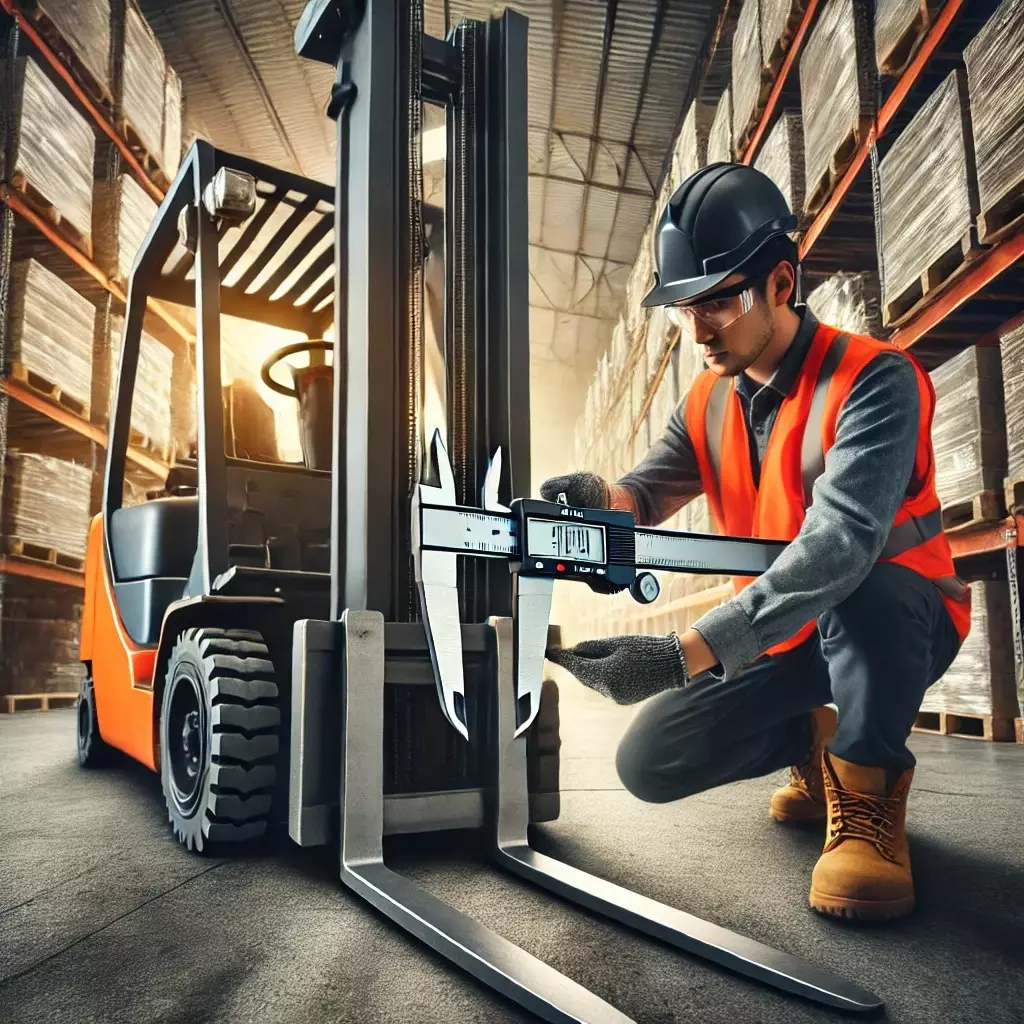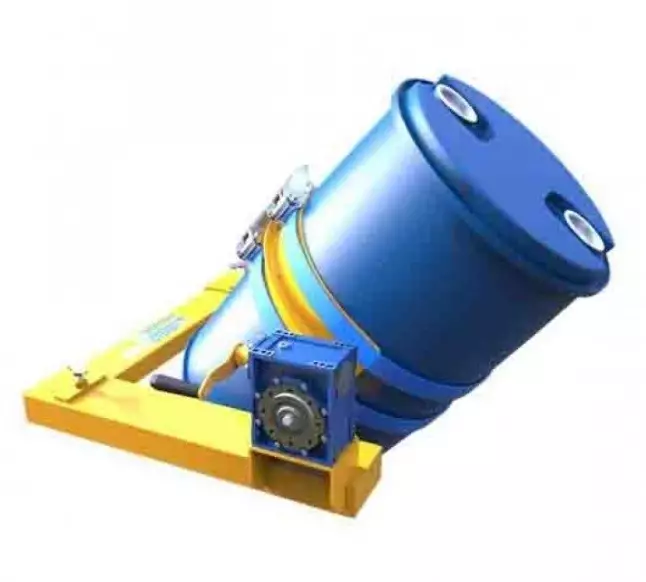Battery Maintenance – The key to getting the most value from your Powered Pallet truck or Power Stacker Purchase.
All Powered Pallet Trucks and Powered Stackers like any other type of Handling Equipment require maintenance in order to increase the amount of time that they are up and running well, and so being a valuable working asset. A key element to this for Battery Powered Pallet Trucks and Stackers is of course the battery itself.
We would always recommend customers consult their instruction Manual for their particular product for guidelines on how to look after the Battery of their Powered Pallet Truck or Powered Stacker. If any information given by us somehow contradicts the instruction manual, then go with the guidance on the instruction manual, as this will be specific to your purchased product. Remember that there are different types of batteries that need to be maintained in a way appropriate for their type.
Below is our broad basic guide on the handling of forklift Batteries and battery maintenance (again, this is not to replace or supersede your product’s instruction manual guidance on battery maintenance).
- - Firstly familiarise yourself with your Health & Safety Risk assessment for the handling/ working with batteries, and wear appropriate Chemical-resistant protective gear including Gloves and Safety Glasses, when handling batteries. And do not forget to remove all metallic jewellery when either handling or charging batteries.
Fork Lift trucks and some Powered Pallet Trucks and Powered stackers have large, specifically designed traction batteries. These provide large amounts of electrical power and use substantial electric currents during recharging. Many batteries and charger units have special fittings to reduce the chance of poor or incorrect connections.
Remember the following points:
- - Use a charging unit recommended by the manufacturer of the vehicle/battery.
- - Raise the lid or open the doors of the battery enclosure to aid ventilation before starting to charge the battery.
- - Switch off all electrical circuits before connecting or disconnecting the battery.
- - Leave the battery to stand for at least 20 minutes after charging to allow any flammable gases to disperse
Battery Charging
Battery Charging is fundamentally about charging at the right time and for the right amount of time. With this in mind, please see the useful general tips below:
- - Only charge Batteries in a area that has been deemed suitable for this purpose and has been designated as your Battery Charging Area.
- - As a general rule, the time to start charging your battery is when it is at 80% depth of discharge. NOTE this relates to Lead Acid Batteries. Charging too late, or too soon can negatively affect battery life.
- - Do not overcharge your battery, as with charging too soon or too late this can have a negative effect on battery life.
- - Avoid both charging and operating batteries in extreme temperatures (refer to your battery manufacturer’s manual for the correct temperature range). This should be considered when selecting a Battery charging area, as this can reduce battery life.
- - Remember to check and add water when needed after the charging cycle. This helps to get the batteries electrolyte levels at a suitable level for effective charging. NB Use Distilled water.
- - In the event of battery overflow, carefully rinse it as this will help avoid corrosion
- - Only use the charger than was supplied with your unit, and even then check its suitability for the battery you are charging; likewise, if a replacement Charger is supplied. The person checking suitability and doing the charging should be suitably trained to do so.
- - Always ensure the charger is turned off before connecting or disconnecting the battery.
Once your batteries have come to the end of their life and can no longer be charged – they need to be disposed of in an environmentally friendly way, for example recycling. Again, please refer back to your manufacturer’s manual on appropriate disposal for your battery type.
IMPORTANT NOTE: A totally discharged battery retains some stored energy and could cause a fire if the terminals are shorted out.
On a final note, due to human error batteries may not be charged correctly or may not be charged at all due to busy staff forgetting to do so, leaving you with a valuable asset that you cannot use (this typically tends to happen when you need it the most). So to guard against this eventuality, we would recommend purchasing a spare battery. For some Powered Pallet Trucks with smaller lithium batteries, this can be a relatively inexpensive thing to do. As can be seen via the link below for our T20-12EZ Powered Pallet truck:
https://www.pallet-trucks.co.uk/pallet-trucks-fully-electric/full-electric-pallet-trucks.html
As with all Material Handling Equipment we would always recommend that all organisations have their own Health & Safety Risk Assessment conducted.
"





















